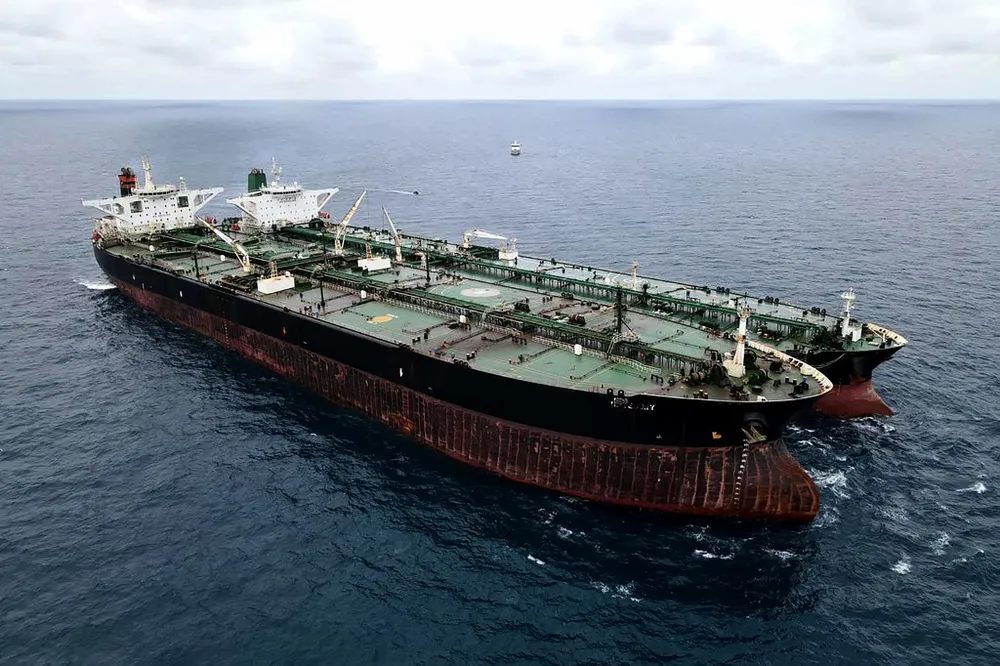Panamax Tanker Talara's Sudden Change of Course Spike Questions of "State Activity"
Panamax tanker Talara vanished from AIS after a sudden course change into Iranian waters, raising UKMTO concerns of possible state involvement.

Iran’s oil tanker fleet, largely owned by the National Iranian Tanker Company (NITC), has reverted to a pattern of minimal Automatic Identification System (AIS) transmissions, intelligence firm Windward reports. After a brief period in mid-October when 52 of 88 tracked tankers activated their AIS transponders, only nine were visible by October 16, indicating a return to low-visibility operations.
This shift follows the re-imposition of UN sanctions on Iran on September 28, which may have prompted a short-term transparency window. However, by mid-month, Iran-flagged tankers reverted to the previous pattern of short or intermittent AIS broadcasts. Such behaviour is commonly associated with sanction-evasion strategies.
Several of the tankers broadcasting during the brief window were observed in the Malaysian EEZ, including known ship-to-ship (STS) transfer zones off the Riau Archipelago and Singapore Strait. Hotspots for Russian and Iranian oil flows. The Windward report highlights how these vessels operated in close proximity with minimal transparency before returning to dark modes.
Parallel reporting states that the “dark fleet” may still number up to 80 vessels at any given time. No official confirmation has been provided on whether the vessels have changed ownership, flags, or operators.
The decline in AIS visibility is significant:
Earlier visibility was thought to reflect open-source compliance, but the latest change suggests reversion to clandestine routing, flag or bunkering practices. As reported, Chinese firms engaging with Iranian oil trade remain wary of secondary sanctions, limiting their exposure.